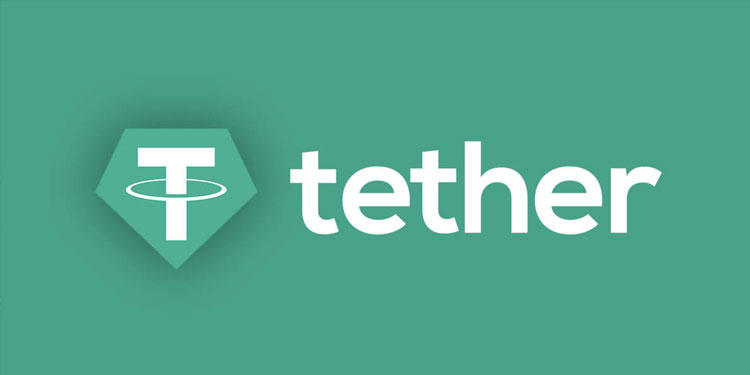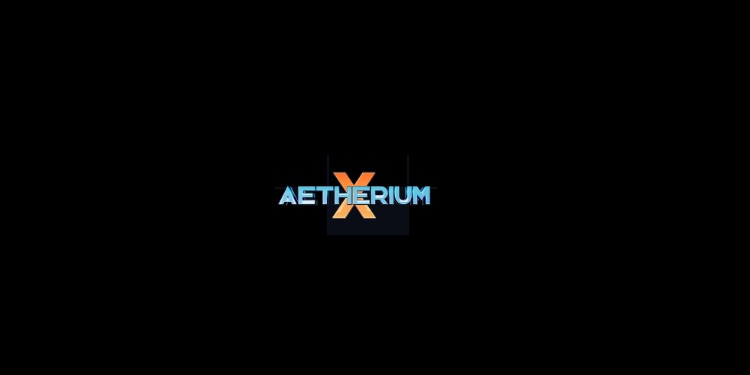In a significant development for the cryptocurrency market, Tether has minted $1 billion worth of USDT on the Tron blockchain. This minting event, valued at approximately $1,000,799,999, took place at the Tether Treasury and was confirmed by blockchain trackers including Whale Alert. The issuance reflects a continuation of a trend in which Tron has become the dominant network for USDT, with a circulating supply of $76 billion, now surpassing Ethereum’s $63.2 billion. The overall supply of USDT across all networks has reached around 156 billion.
Market analysts have interpreted this minting as a notable liquidity injection, often associated with upward price movement across the crypto space. In this case, Bitcoin experienced a 1.53% increase following the mint, reaching $106,750, a shift that reinforced the belief that USDT issuance frequently precedes bullish activity. Observers have suggested that such events may trigger heightened trading volumes and short-term appreciation in assets such as Bitcoin, Ethereum, and Tron’s native token TRX.
Stablecoin Surge Bolsters Tron’s Position
The injection of USDT into the Tron ecosystem further solidifies its status as the leading blockchain for stablecoin-based transactions. Tron’s advantages in terms of lower fees and quicker settlement times are credited with attracting significant USDT volumes. This surge in on-chain liquidity is expected to benefit decentralized finance (DeFi) applications and cross-border payment solutions built on Tron, potentially driving adoption among both developers and retail users.
USDT serves as a foundational asset for trading pairs across exchanges, playing a vital role in arbitrage and risk management strategies. The availability of additional stablecoin liquidity can enhance the efficiency of such strategies, making it easier for participants to hedge against volatility. This positions Tron favorably within the competitive DeFi landscape, where liquidity and transaction speed are crucial.
Controversy Around Transparency and Market Impact
Despite the perceived market benefits, Tether’s minting activities continue to draw scrutiny. Critics have long questioned whether USDT is fully backed by reserves, citing Tether’s regulatory history, including a settlement with the U.S. Commodity Futures Trading Commission over prior misrepresentations. Some analysts argue that large-scale USDT issuance could distort market prices, potentially inflating asset values without corresponding organic demand.
To address these concerns, Tether executives have maintained that such mints are typically pre-authorized and held in treasury wallets for anticipated usage, rather than being immediately injected into the market. Nonetheless, calls for increased transparency and more frequent reserve audits persist, particularly in light of broader regulatory pressure on stablecoin issuers from governments across the U.S., European Union, and Asia.
Ethereum vs. Tron: Diverging Blockchain Strategies
The growing USDT supply on Tron has intensified comparisons with Ethereum. While Tron’s cost-efficiency has made it an ideal environment for stablecoin transactions, Ethereum proponents continue to emphasize its strength in areas such as smart contracts, non-fungible tokens (NFTs), and institutional applications. This divergence underscores a broader debate over what defines blockchain utility—transactional efficiency or ecosystem versatility.
Supporters of Tron believe the network’s scalability and stablecoin dominance will drive future growth, particularly within DeFi platforms that require high liquidity and minimal transaction fees. Ethereum advocates, meanwhile, argue that their ecosystem offers greater depth and resilience, especially for projects seeking advanced functionality beyond simple value transfer.
Future Outlook and Risk Considerations
The market will likely continue to monitor the implications of this mint. Traders have been advised to keep an eye on Bitcoin dominance, trading volume on Tron-based exchanges, and DeFi activity over the next 48 hours, which could reveal whether the mint spurs broader momentum. Some speculate that the liquidity boost might act as a catalyst for further price gains, especially for altcoins.
At the same time, cautious investors are being encouraged to diversify across stablecoins like USDC and monitor audit reports from Tether for confirmation of reserve adequacy. While the current environment may favor Tron-based assets, regulatory actions and market corrections remain key variables in determining long-term impact. The latest mint has certainly shifted the narrative, but whether it signals sustainable growth or fleeting optimism remains to be seen.









